Occupational Safety Training in the Beverage Industry
99,000 ₫
Note: The above price is calculated for one person, the price may fluctuate depending on the number of trainees participating in the course and the dynamics of the market. For more accurate price support, please refer to the quotation table or contact our consulting staff directly.
The Beverage Industry Occupational Safety Training course is a course that provides occupational safety knowledge for Group 3. The course will raise awareness for trainees about accident prevention during work. Accordingly, the occupational safety training content is closely aligned with Article 18 Decree 44/2016/ND-CP.
Table of Contents
Toggle1. Overview of the Beverage Industry
a. What is the Beverage Industry?
- The beverage industry is an industrial sector that produces various types of drinks for human consumption, including products such as soft drinks, soda, tea, coffee, beer, wine, and other functional beverages. The beverage industry plays an important role in human life and is a major global industry.
- The beverage industry is one of the major economic sectors in Vietnam, contributing to the development of the national economy. This industry includes the production of soft drinks, bottled water, beer, alcohol, tea, coffee, bottled milk, fish sauce, packaged fruit juices, and many other products.
- Enterprises in the beverage industry in Vietnam are increasingly developing, especially small and medium-sized enterprises. While multinational companies still hold a large market share, local companies are also growing rapidly, driven by the development of the Vietnamese beverage market and consumer preference for domestically produced beverages.
- However, the beverage industry also faces many challenges, including intense competition among businesses, counterfeit and imitation products, and issues related to product quality and food safety. Therefore, companies are focusing on improving product quality and ensuring food safety to meet consumer demands and enhance their market position.

b. Beverage Production Machinery
The machinery used in beverage production includes:
- Fruit juicers: used to extract juice from fruits and vegetables.
- Coffee machines: used to brew coffee, including espresso machines and drip coffee machines.
- Ice cream machines: used to make ice cream, including both automatic and manual ice cream machines.
- Mixers: used to mix beverage ingredients, including both manual and automatic mixers.
- Bottling and canning machines: used to bottle and can beverages, including both manual and automatic machines.
- Carbonation machines: used to create foam and carbonate beverages, including both manual and automatic machines.
- Water filtration machines: used to filter water for beverage production, including household and industrial water filters.

c. Notable Enterprises in the Beverage Industry
Notable beverage enterprises in Vietnam include:
- Sabeco (Saigon Beer-Alcohol-Beverage Corporation): One of the leading companies in beer production and distribution in Vietnam, owning famous brands such as Saigon Beer, 333, Saigon Gold, Saigon Special, Saigon Export, and Bia Saigon.
- Coca-Cola Vietnam: A subsidiary of The Coca-Cola Company, headquartered in Atlanta, Georgia, USA. Coca-Cola Vietnam produces and distributes popular beverages such as Coca-Cola, Fanta, Sprite, Schweppes, Aquarius, and Minute Maid.
- Tan Hiep Phat Group: The largest bottled beverage producer in Vietnam, with well-known brands like Number 1, Dr.Thanh, Zero Sugar, Number 1 Active, and Number 1 Green Tea.
- Trung Nguyen: A leading coffee production and trading corporation in Vietnam, owning famous brands such as Trung Nguyen Legend, G7, Passiona, and Da Lat.
- Nestlé Vietnam: A subsidiary of Nestlé Group, headquartered in Switzerland, producing and distributing milk, coffee, beverages, and functional foods such as Milo, Nestea, Nescafé, and Gerber.
- Suntory Pepsico Vietnam: A joint venture between Suntory Group and Pepsico, producing and distributing beverages such as Aquafina, Sting, and 7UP.
- Heineken Vietnam Brewery: A joint venture between Heineken Group and Saigon Beer-Alcohol-Beverage Corporation, producing and distributing beer products such as Heineken, Tiger, and Larue.
- VinaMilk: The largest dairy producer in Vietnam, owning brands such as Ong Tho, Dielac, Yomost, and Vfresh.
- Kido Group: A leading producer of ice cream and frozen foods in Vietnam, owning brands such as Merino, Celano, Mondelez, Viva, and King’s Creamery.
d. Specific Jobs in the Beverage Industry
The beverage industry includes various specific jobs, such as:
- Production staff: responsible for the beverage production process, from preparing ingredients to mixing and packaging the products.
- Sales staff: seeking new customers, managing and developing distribution channels, introducing and promoting products to clients.
- Customer service staff: advising customers on company products and services, resolving inquiries, and ensuring customer satisfaction.
- Marketing staff: conducting market research, developing marketing strategies, creating advertising campaigns, increasing sales, and driving revenue growth.
- Quality control staff: ensuring beverage products meet quality and food safety standards, inspecting and monitoring the entire production and packaging process.
- Transport staff: responsible for delivering products to sales points and customers, ensuring timely and accurate delivery.
2. Overview of Occupational Safety Training in the Beverage Industry
a. What is Occupational Safety Training in the Beverage Industry?
- Occupational safety training in the beverage industry consists of courses that raise awareness of workplace accident prevention for employees. Workers directly involved in beverage production fall under group 3.
- The training course helps employees recognize and prevent hazards, reducing the risks of workplace accidents during production.
REGISTER FOR OCCUPATIONAL SAFETY TRAINING SERVICE
b. Training Duration
Initial Safety Training Duration
- The total training duration is at least 24 hours, including assessment time.
- 8 hours of theory on the system of occupational safety and hygiene policies and laws
- 8 hours of theory on basic knowledge of occupational safety and hygiene
- 4 hours of theory on specialized training content
- 2 hours of practical training on specialized content
- 2 hours of theoretical assessment at the end of the training course
The safety training center will arrange the time into multiple sessions depending on workers’ availability. Typically, there are 6 sessions for group 3, lasting 3 days if the company can provide continuous learning time.
Periodic Safety Training Duration
- Before the occupational safety card expires, employees who wish to renew it must attend periodic occupational safety training, with the periodic training duration being at least 50% of the initial training duration.
Explanation: The total periodic occupational safety training duration is at least 12 hours, including assessment time. Upon completing the periodic course and passing the test, the employee will have their occupational safety card renewed.
c. Training Course Content
| No. | TRAINING CONTENT | TRAINING DURATION (HOURS) | |||
| Total | Including | ||||
| Theory | Practical | Assessment | |||
| I | System of occupational safety and hygiene policies and laws | 8 | 8 | 0 | 0 |
| 1 | Overview of the legal documents system on occupational safety and hygiene. | 6 | 6 | ||
| 2 | System of occupational safety and hygiene standards and technical regulations. | 1 | 1 | ||
| 3 | Specific regulations of state management agencies on occupational safety and hygiene when constructing, expanding, or renovating facilities, as well as for the use, storage, maintenance, and inspection of machinery, equipment, materials, and substances with strict occupational safety and hygiene requirements. | 1 | 1 | ||
| II | Basic knowledge of occupational safety and hygiene | 8 | 8 | 0 | 0 |
| 1 | Basic knowledge of hazardous and harmful factors in the workplace. | 4 | 4 | ||
| 2 | Methods to improve working conditions. | 1 | 1 | ||
| 3 | Safety culture in production and business. | 1 | 1 | ||
| 4 | Rights and responsibilities of employers and employees; occupational safety and hygiene policies and regimes; roles and responsibilities of safety network staff. | 1 | 1 | ||
| 5 | Occupational safety rules, signs, guidance boards, and use of safety equipment and personal protective equipment; accident first aid and occupational disease prevention skills. | 1 | 1 | ||
| III | Specialized training content | 6 | 4 | 2 | 0 |
| Comprehensive knowledge of machinery, equipment, and substances generating hazardous factors; analysis, assessment, and management of occupational safety risks; safe working procedures with machines, equipment, and substances with strict occupational safety requirements. | 6 | 4 | 2 | ||
| IV | Final safety training assessment | 2 | 2 | 0 | 0 |
| Total | 24 | 22 | 2 | ||
See more training content for all 6 groups
d. Occupational Safety Card
After completing the occupational safety training course and passing the assessment, employees will be issued an occupational safety card (commonly referred to as a group 3 occupational safety certificate).
The group 3 safety card clearly displays information such as full name, date of birth, job position, and specific working environment, along with training duration, a red stamp, and signature confirming course completion.
According to the safety card issuance regulations outlined in Clause 2 of Article 24 of Decree 44/2016/ND-CP, there are two cases:
- If the employer and employee have an employment contract, the employer must sign, stamp, and endorse the safety card for group 3 employees after they complete the training course from the occupational safety training provider and pass the assessment.
- If the employee is freelance or temporary and does not have an employment contract, the training unit must sign, stamp, and endorse the safety card after the employee completes the training course from the occupational safety training unit and passes the assessment.

3. Identifying Hazards in the Beverage Industry
In the beverage industry, there are several potential hazards that can cause workplace accidents or affect employees’ health during production and business operations, including:
- Electrical equipment used in beverage production can generate high voltage, especially in devices such as juicers or blenders. Employees may be electrocuted if proper occupational safety procedures are not followed.
- During beverage production, chemicals such as cleaning agents, disinfectants, and preservatives can be harmful to health if not used properly. Employees need to be trained on safe usage, storage, and disposal of chemicals.
- Beverage production may require using equipment operating at high temperatures or high pressure, particularly during fermentation in beer or alcohol production. Employees must be trained on proper equipment use and provided with appropriate personal protective equipment.
- During production, food can be contaminated with bacteria or viruses, which may not always be visible to the naked eye. Employees need training to recognize signs of contaminated food and know how to protect themselves from infection.
- The mechanical drive systems of bottled beverage production lines can pose hazards such as cuts, crush injuries, or in severe cases, being caught in the machinery.

4. Safety Measures for the Beverage Industry
Safety measures for the beverage industry include:
- Beverage manufacturers must comply with food hygiene regulations, ensuring that ingredients, water, and the production process meet food safety standards.
- Use safe equipment and perform regular maintenance and inspections to ensure product quality and employee safety.
- Employees must receive occupational safety training on food safety knowledge, proper use of safety equipment, and safe working procedures.
- Use safe ingredients and chemicals, ensuring no harm to consumers or employees.
- Ensure electrical safety during production to prevent electrical accidents.
- Manage production waste according to proper procedures and maintain environmental hygiene.
- Regularly inspect product quality to ensure compliance with food safety and product quality standards.
- Periodically conduct workplace environmental monitoring in factories, collect and analyze harmful factors for employees, and adjust to reduce hazards to prevent occupational diseases.

5. Accidents in the Beverage Industry
Common accidents in the beverage industry include:
- Equipment and machinery accidents: Including electrical short circuits, machinery explosions, gas leaks, fires, impacts, flying debris, collisions, and cuts.
- Material and liquid-related accidents: Accidents related to exposure to toxic liquids, corrosive chemicals, extreme temperatures, or heavy and sharp materials that may injure workers.
- Hazardous gas incidents: The beverage industry often uses chemicals for sanitization, preservation, coloring, and flavoring. If released into the air without proper handling, these substances can pose health risks to workers.
- Load-related accidents: Workers frequently move heavy barrels, empty containers, bottles, or cans, which can cause back pain, scratches, or other injuries.
- Health-related accidents: Factors such as excessive work pressure, working in damp, silent, or excessively noisy environments, or inadequate lighting and ventilation can adversely affect workers’ health.

6. Benefits of Occupational Safety Training in the Beverage Industry
An Toan Nam Viet provides the following benefits to businesses after completing occupational safety training courses in accordance with Decree 44/2016/ND-CP on Occupational Safety and Hygiene for companies, factories, and enterprises:
- Employees can identify potential occupational hazards and implement preventive measures to avoid accidents.
- Businesses can establish risk prevention measures in production, operation, and maintenance processes.
- Reduce costs associated with workplace safety risks.
- Uninterrupted production processes improve labor productivity and product quality.
- Ensure compliance with occupational safety laws, avoiding legal risks.
- Enhance credibility and professionalism, thereby improving the business brand.
Nam Viet’s training courses provide solutions to prevent external hazards from affecting individuals, helping them avoid injuries or, in severe cases, fatalities.
REGISTER FOR OCCUPATIONAL SAFETY TRAINING SERVICES
7. Customer Feedback After Completing the Training
An Toan Nam Viet has many years of experience accompanying businesses in Vietnam, especially in the southern provinces. This responsibility is invaluable, which is why our Occupational Safety Training is increasingly professional. The growth of An Toan Nam Viet is driven by positive feedback and suggestions from enterprises. Below are testimonials from our partners.
Bac Nam E&C Investment and Construction Joint Stock Company
“My first experience using An Toan Nam Viet’s service was impressive due to the 24/7 support from the consulting team. Organizing the class was quick and convenient for our company. Thank you very much for your service!”
Hoa Dat Construction and Trading Joint Stock Company
“Nam Viet’s service greatly helped simplify occupational safety and complete safety documentation for our work process. The consulting team responded promptly and enthusiastically to our questions. Five stars for Nam Viet.”
See more customer interviews after using the service by An Toan Nam Viet
8. An Toan Nam Viet’s Occupational Safety Training Capability
An Toan Nam Viet is a reputable and high-quality occupational safety training center in Vietnam. Training sessions are continuously held at production workshops, factories, or construction sites across the country (63 provinces).
REGISTER FOR OCCUPATIONAL SAFETY TRAINING SERVICES
Occupational Safety Training License
- An Toan Nam Viet has been inspected and certified by the Department of Safety under the Ministry of Labor, War Invalids, and Social Affairs and granted a certificate of eligibility for occupational safety and hygiene training. This further strengthens our capacity for occupational safety training.

Training Materials and Lectures
- Before being included in the occupational safety training courses, materials are reviewed to ensure accuracy and effectiveness.
- Teaching methods of instructors follow the standards of An Toan Nam Viet, researched and developed by experts in occupational safety and hygiene training to maximize knowledge absorption for trainees.
Facilities
- Controlling factors in classrooms affects teaching efficiency and knowledge retention of trainees.
- Our training facilities are spacious and meet standards for area, lighting, and training equipment.
9. Nationwide Reputable and Quality Training Center
At An Toan Nam Viet, we prioritize occupational safety training. Teaching workers how to protect themselves contributes to the nation’s development.
To ensure effective training, we meticulously prepare everything, from tools and teaching equipment to curricula, materials, audio, and lighting.
Our instructors are experts with years of experience, including research on hazard identification and prevention across industries.
Lectures are practical, engaging, and easy to understand, helping trainees learn comfortably and effectively. Knowledge is always aligned with Decree 44/2016/ND-CP.
Trainees learn preventive measures and self-protection techniques, applying them appropriately in real work situations.
Our training center is proud to provide professional occupational safety training with these advantages:
- Competitive training costs while ensuring quality.
- Flexible training schedules to fit company production.
- Fast certification procedures in compliance with the law.
- Experienced instructors with years of expertise.
- Classrooms designed to optimize teaching efficiency and trainee knowledge retention.
- Lectures tailored to enterprise occupational safety needs.
- Dedicated and professional service to assist clients accurately and promptly.

10. Additional Reference Materials for Beverage Industry Safety Training
- Occupational Safety Training Materials
- Occupational Safety Training Test Set
- Beverage Industry Safety Multiple Choice Test
- Beverage Industry Occupational Safety Materials
- Beverage Industry Safety Training Slides
1 review for Occupational Safety Training in the Beverage Industry
No comments yet

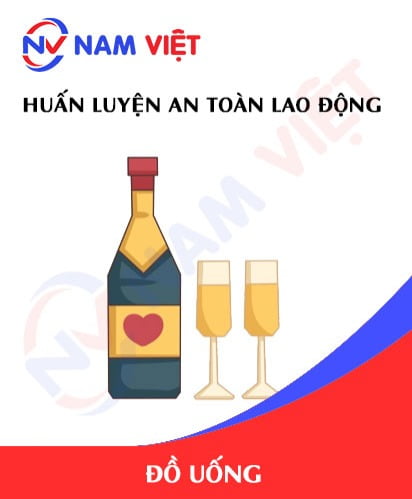
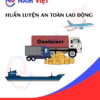
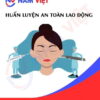



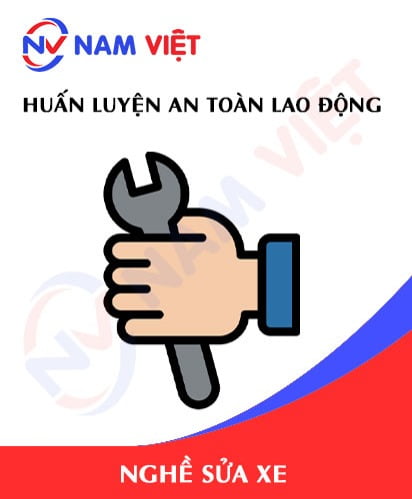
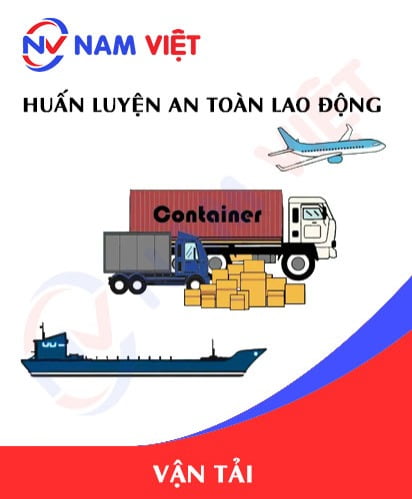
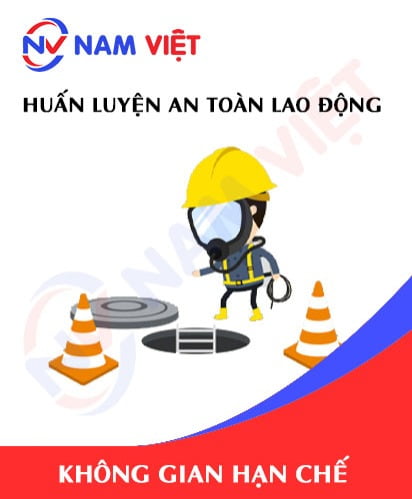
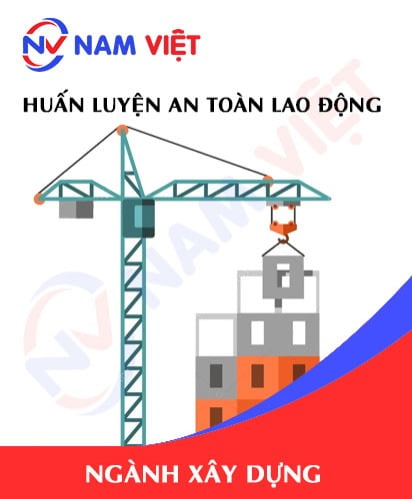

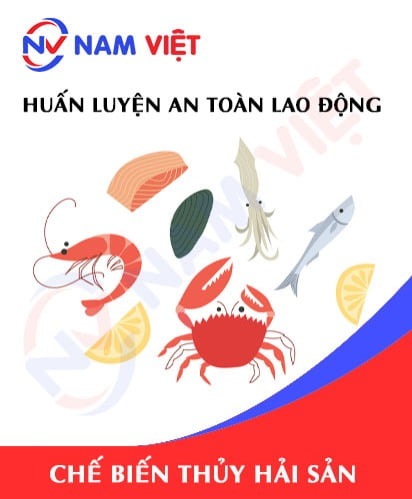
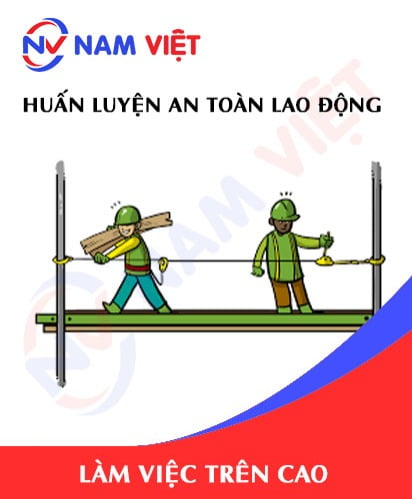
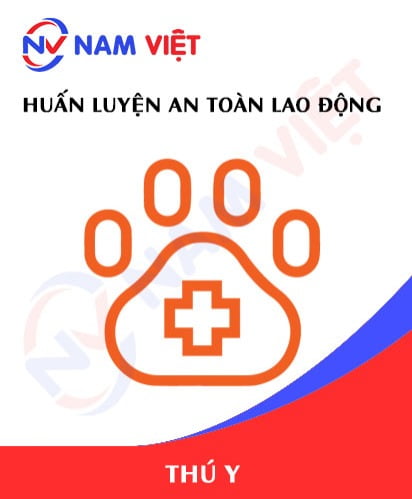
caotiensyhung.07081999
Dịch vụ huấn luyện an toàn lao động rất tốt nhé, giảng viên dạy rất sinh động dễ hiểu!